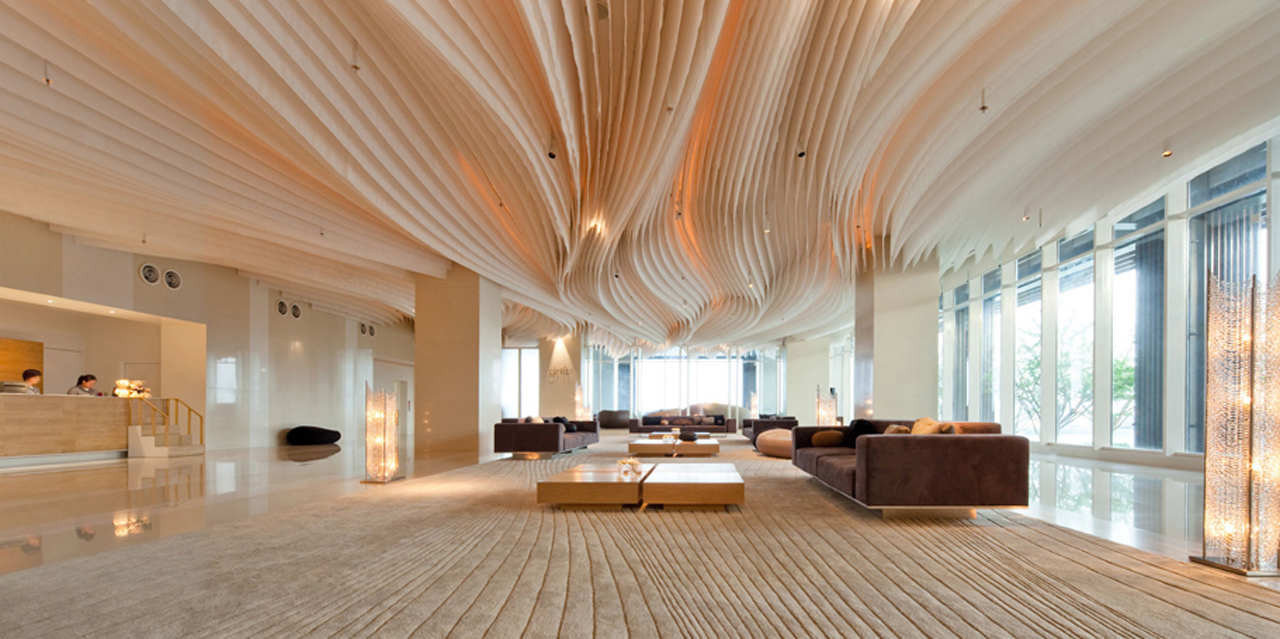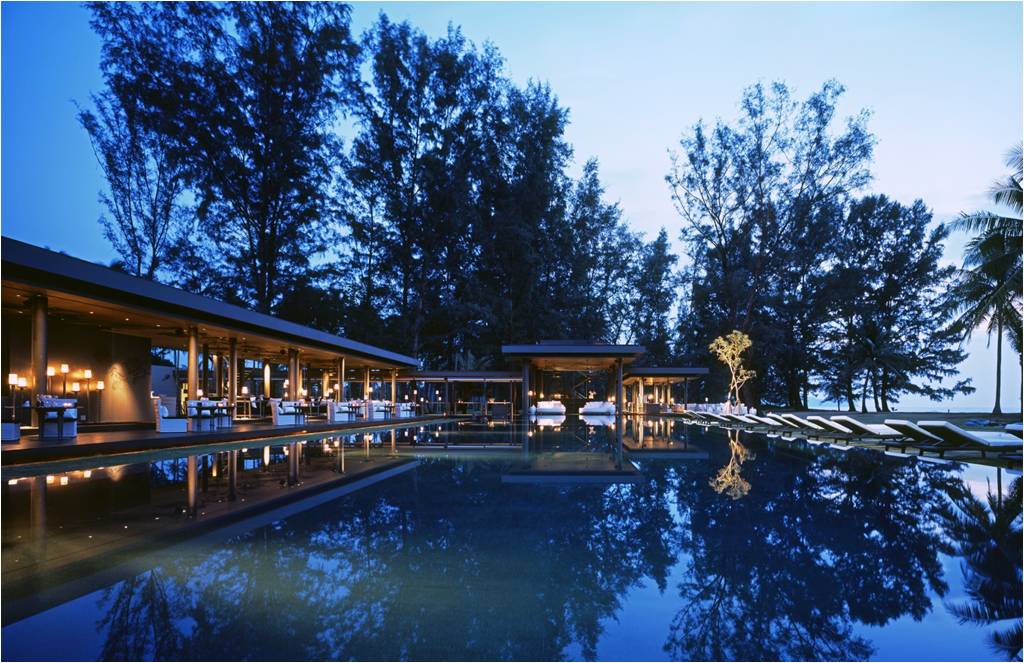
A book newly acquired by the Thammasat University Libraries addresses an important issue for the future of the Kingdom’s industrial economy and social welfare. Where are the Women Architects? is by Despina Stratigakos, a professor of architecture at the University at Buffalo School of Architecture and Planning, New York, USA. The book discusses why relatively few women in Western countries become professional architects, although more of them study in architecture schools than in past years. Professor Stratigakos helped create the doll manufactured by Mattel, Inc., Architect Barbie to help convince little girls that being an architect was a possible career choice. As she told an online interviewer:
As a feminist scholar, I am interested in analyzing the ideological fences that architecture has built around the profession — the barriers that determine outsiders and insiders. One starting point is the idealized image of the architect that has been nurtured within the profession and reinforced in popular culture. Here we find a pervasive insistence on the incompatibility of the architectural and the feminine… At no point during the workshops did I hear any girl question her spatial skills or the appropriateness of architecture for women. And that, precisely, is where Barbie’s power lies. The fact is that Barbie appeals to little girls like no other toy. They are proprietary about her — they know the doll is just for them. And whatever Barbie does, she brings it into the sphere of women. She has the power to make things seem natural to little girls.
In the United States, although nearly half of architecture school graduates are women, only 18% of licensed practitioners are women. They are routinely paid less than their male colleagues, receive fewer career opportunities, and lack professional mentors. This is a much worse situation for women in America than in the fields of medicine and law, where around one-third of professionals are women. As Professor Stratigakos told her publisher,
For the last fifteen years, women have been a strong presence in architecture schools, making up nearly half of the student body. But far too many of them eventually leave architecture. As a result, the number of women in practice has flatlined, with women today representing less than one in five licensed practitioners. Beyond the human tragedy of so many women abandoning their dreams, this loss of talent and energy undermines the health of the profession… [N]ew research suggests that women leave for complex and varied reasons, including salary gaps, fewer opportunities for career advancement, a lack of mentoring and role models, and routine sexism in the workplace. The simplistic explanation, trotted out for decades, that women leave practice to have babies doesn’t hold up to scrutiny. It’s true that architecture’s deadline-driven culture makes it difficult to balance raising a family with the expected long work hours. But not all mothers choose to leave architecture, and women without children are also struggling in the profession, so the issue can’t be reduced to biology.

Thailand and Women Architects
Recent academic skills test results show that in the Kingdom, female students have better skills in mathematics, computers, and English than male students. All of these skills are useful in being a professional architect. For this reason, we may wonder whether it may be more likely for Thai women to excel as architects than in other countries. One example is Khun Patama Roonrakwit, who focuses on housing development projects for the under-privileged. Khun Patama Roonrakwit received a bachelor’s degree in architecture from Silpakorn University and a master’s in development practice from Oxford Brookes University, UK. She has worked on over forty housing development projects for underprivileged communities in Thailand, and built a shelter for residents after the tsunami in Phang Nga Province, Southern Thailand. Her company is CASE (community architects for shelter and environment) Studio Limited, based in Bangkok. Among her international honors, Khun Patama was shortlisted for the arcVision Prize, women and architecture, an international award for women architects presented by the Italcementi Group, an Italian multinational company, partnered by Asia Cement Co. Ltd., a South Korean cement, concrete, and chemical company. CASE was created in 1997 to help poor urban dwellers. They have completed dozens of projects, found in Sam Chuk District in the northern part of Suphanburi Province, central Thailand; Bangkok; Arkan Songkrao, Ayutthaya; Klong SanSook, Samut Prakan Province; Santitham, Chiang Mai; Songkla; Pattani; Kao Seng; and many others. All involved extended community involvement in cleaning and development of impoverished areas, and all improved the living conditions for residents. As The Nation reported in 2015, the jury of the arcVision Prize praised Khun Patama as an
architect of hope,
quoting her:
It was my destiny and my intent to do architecture development. At that time or even now, few architects work on slum or poor housing development. I would like to see poor people have a better living standard and quality living, which is a right that every people should be able to afford…Some people call me a ‘green architect’ as I normally target zero waste and set a budget at zero or as little as possible. Since I work with poor people I have to save costs as much as possible.
She has also worked on designs for middle income people. Also in 2015, she told BK: the Insider’s Guide to Bangkok:
I feel slighted every time I get called a community architect. It implies I have a lack of design sense or that I got an F while studying and that’s the only reason I work helping poor people. I’m not a female architect. I’m an architect. Good God, do we have to draw a line between the sexes? There are already so many lines in this profession: landscape architect, interior architect, construction architect and now community architect. It’s absurd. Architects, no matter what major they come from, should be able to handle jobs on any level.
Another outstanding achiever is Khun Twitee Vajrabhaya Teparkum, co-founder of the Department of Architecture Co., Ltd., which designed the Hilton Pattaya and Thailand Creative and Design Center (TCDC)’s headquarters on Charoen Krung Road, Khwaeng Bang Rak, Khet Bang Rak, Krung Thep Maha Nakhon. Khun Twitee told BK:
I have never felt discriminated against by men in my profession. Everybody I’ve collaborated with has been very nice, never condescending or patronizing. The reason why architecture seems to be a male-dominated career, I think, is because it’s a difficult job with long hours. Women, at a certain age, have to take care of their family. When they have kids they’re no longer able to focus solely on their career. Society has defined women’s role as staying at home, taking care of kids. For women, children must be the first priority. Still, I see more and more women entering the architectural profession. Women are going to play a key role. There is no rule forbidding women from expressing their ideas through architecture.
Last year Khun Twitee was also shortlisted for the arcVision Prize. She earned a bachelor’s degree in architecture from Virginia Tech University and a master’s from Princeton University. Focusing on high-end resorts, her designs show an interest in style and function. She also co-created the Pong Prae Wittaya emergency school in Chiang Rai in 2015, to provide an educational setting for students affected by a local earthquake. As the arcVision website notes,
If the world of architecture goes beyond the physical, visible world, if its essence lies in the invisible and unknown, as claimed by Twitee Vajrabhaya Teparkum, then the sense of her works are to be found in the minute details, in the relationship between form and materials, and in the empathy that develops between spaces and people who use them… The projects she developed … aim to provide similar results through a careful control of construction processes that serves to interpret architecture as a technological machine equipped with an inherent rationality.
Khun Twitee defines architecture this way:
The world of architecture lies beyond the visual physical world.
The essence of architecture is in the unseen and the unknown.
The power of architecture is in the way it interacts with people and the environment.
It is in the way it creates people’s experience;
The way it moves people through;
The way it allows for planned and the unplanned activities to occur;
The way it allows the light and the gaze to pass through;
The way it lets a cool breeze by;
The way it can heal people’s sorrow;
The way it can bring people delight…
That is architecture.

(All images courtesy of archifest.sg, Department of Architecture, and ArcVision)
